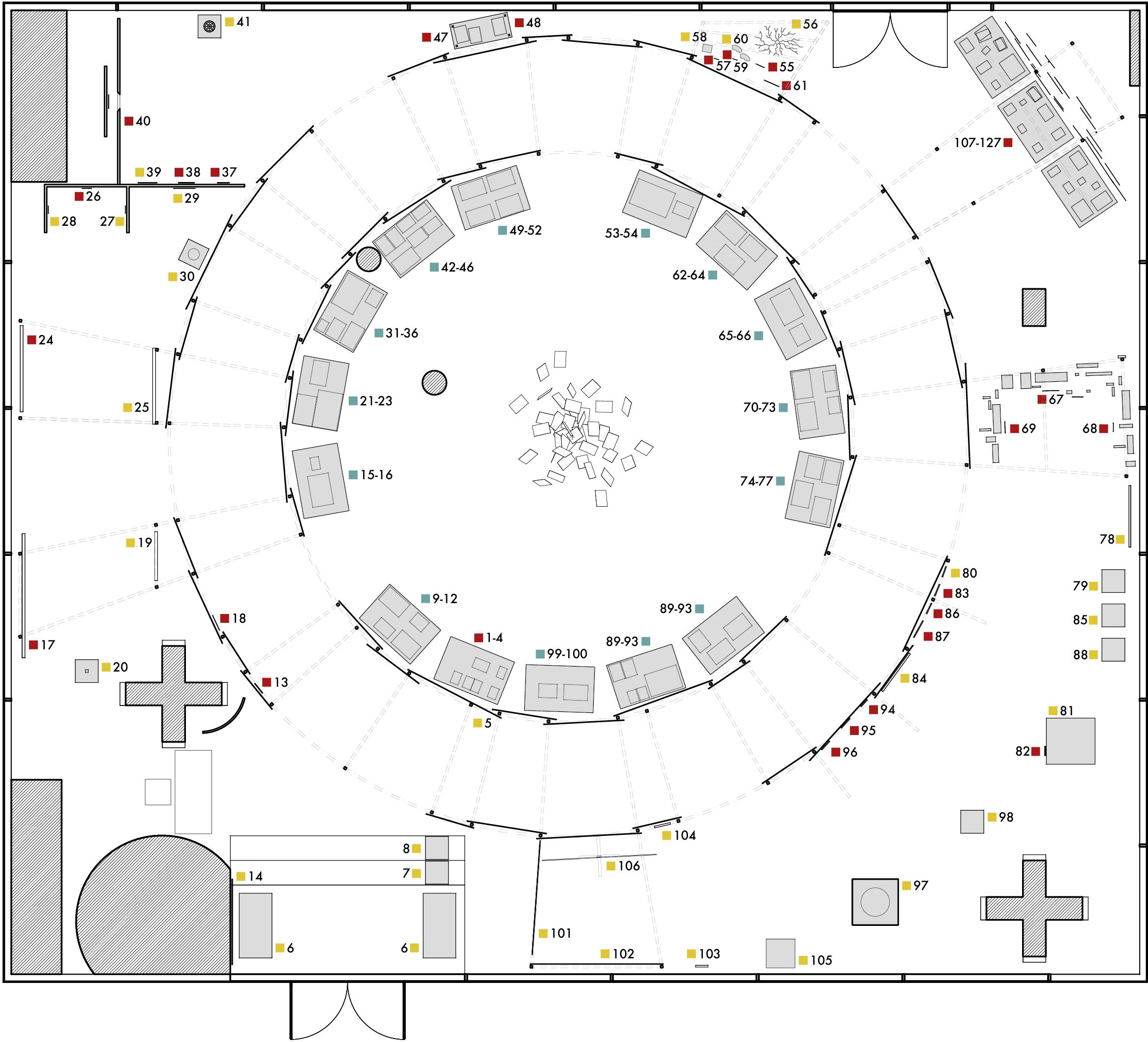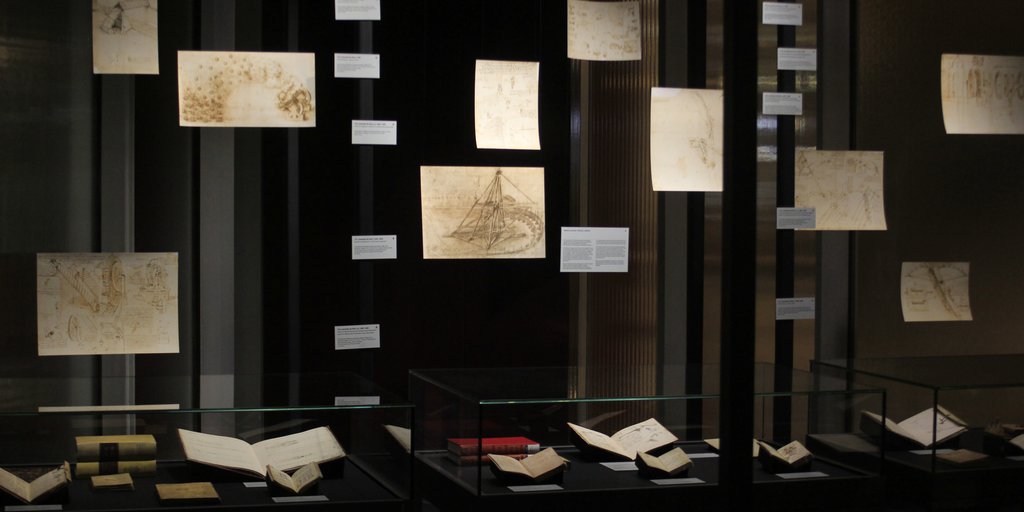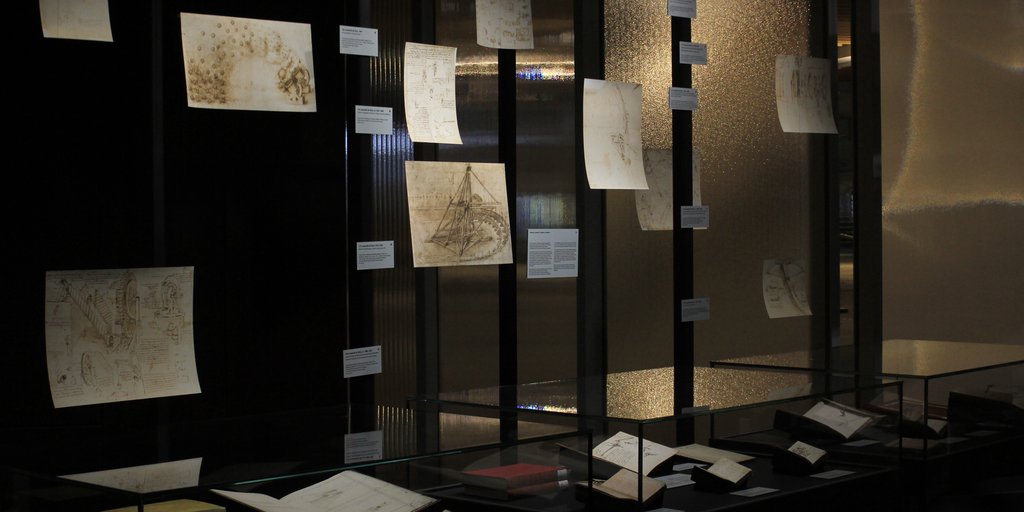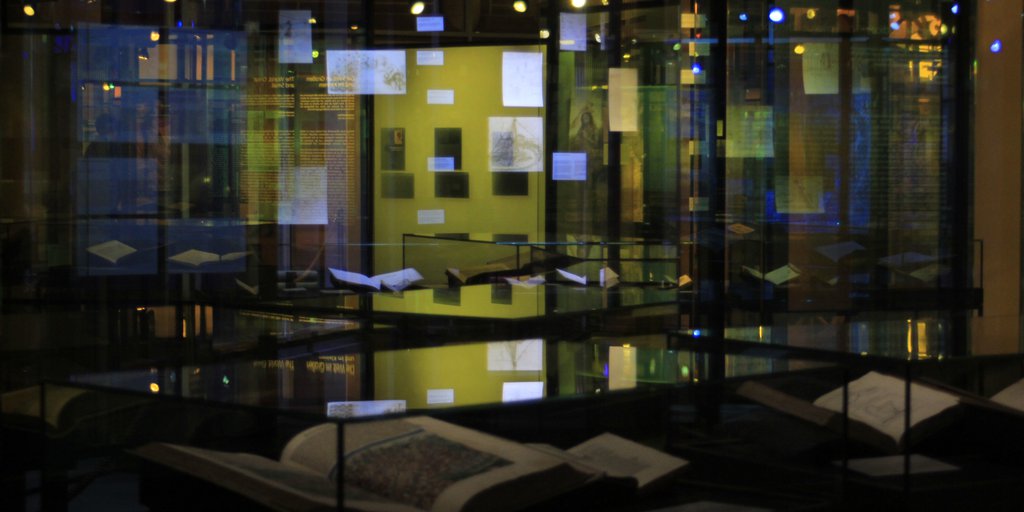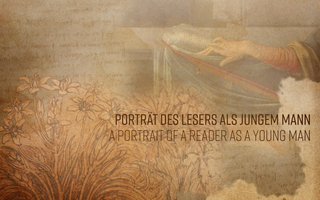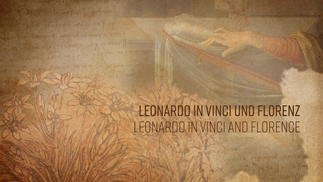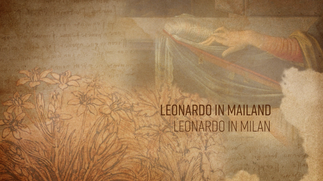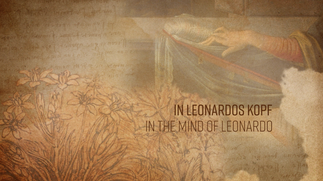
Epilogue: The Codices
This is a collection without order, compiled from many papers that I have copied here,
hoping to put them in their respective order, according to the subjects they address …
Leonardo da Vinci
Codex Arundel, fol. 1r. Translation: Elizabeth Hughes
Leonardo’s surviving literary estate comprises over 4,000 sheets; a total of 22 volumes of illustrated manuscripts, generally known as codices, still exists today. The material is extremely heterogenous. Alongside pocket-sized sketchbooks with jottings made on the spot purely for his own use, there are large-format clean copies that seem to address an audience. What the volumes have in common is their thematic diversity, and all show traces of continual use and revision. At his death, Leonardo left the volumes to his collaborator and heir Francesco Melzi (1491/92–1567). Melzi’s heirs sold a large part of this legacy to the sculptor Pompeo Leoni (ca. 1533–1608). In 1637 the collector Galeazzo Arconati (before 1592–1649) donated several of these manuscripts to the Biblioteca Ambrosiana in Milan. They ultimately reached Paris as part of Napoleon’s spoils of war where most of them are still kept today—fortunately mostly in their original binding. Other codices took entirely different paths—though under similarly dramatic circumstances.
- Atlanticus, Scattered
- 118.
Exploded-view drawing of a gear train
1478–1480
- 119.
Systems for drawing water (bucket chain, Archimedean screw)
ca. 1480–1482
- 120.
Systems for drawing water (Archimedean screw, water wheels)
ca. 1480–1482
- 121.
Siege engine
ca. 1480
- 122.
Giant crossbow
1485–1492
- 123.
Shrapnel mortar
1485
- 124.
Studies for the domed crossing tower (tiburio) of Milan Cathedral
1487–1488
- 125.
Studies of aircraft (parachute)
.ca. 1487–1490
- 126.
Studies on mechanics (printing press, gear drive)
.ca. 1497
- 127.
Crane for canal construction
.1503–1504
- 118.
- Codices
